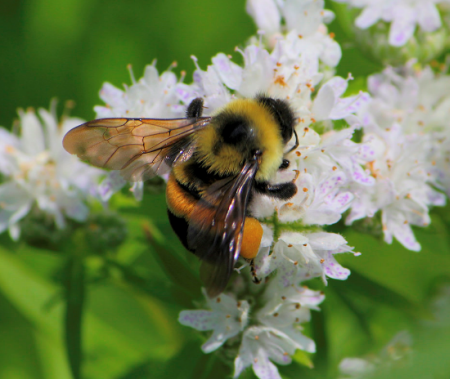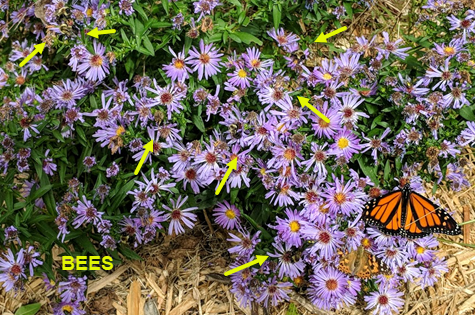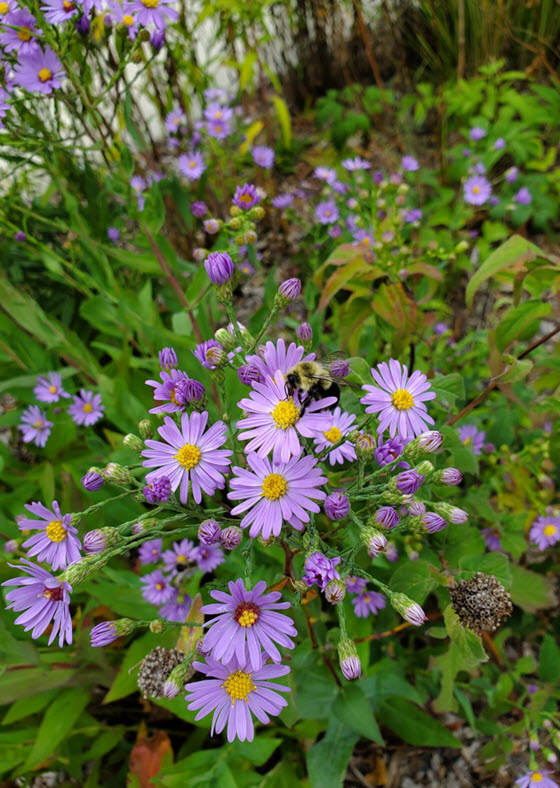Click below to listen to my 2 min. Garden Bite radio show/podcast: Trendy bee hotels – yea or nay
Audio PlayerTrends can be fun. Trends can also be wolves in sheep’s clothing. One of the latest trends plays on our desire to help pollinators. Bee hotels.

My good friend and arborist, Faith Appelquist of Treequality, once again gives me a great bit of information to share with you. Faith writes: Research shows that bug hotels are mostly a fad. There has been very little science applied to them to determine their effectiveness. And what has been applied highlights that many bug hotels are poorly designed for solitary bee species and can even have a negative effect due to their size and design by inviting in the parasites of such solitary bees.

There are about 400 types of solitary bees native to Minnesota alone. What else these hotels commonly support is somewhat unknown, other than it tends to be very common creatures at no risk of extinction.
The difficult part for those who are passionate about saving the bees is helping the public understand that we aren’t talking about honeybees. They were originally imported from Europe in the 17th century to help pollinate crops like fruits and nuts.
They are big business as honey bees increase our nation’s crop values each year by more than 15 billion dollars. The bee hotels are not for them.
In this article from Bee Safe, the author says that many of the insect hotels sold in garden markets, DIY stores or similar places are death traps due to their construction which many have frayed edges. This can injure or kill the animals.
Just plant natives if you want to help the bees!

What the bee hotels DO is introduce the subject of helping bees to kids and that’s a good thing. However, it sometimes seems like every time we try to do something good, some additional research shows that it might not be that good.

BUT, we continue to keep trying and do what we can to preserve pollinators and be earth friendly.

